Tissue & Wound Healing Tablets for Dogs: A Complete Guide to Fast and Safe Recovery
In veterinary medicine, tissue repair and wound healing are critical processes for maintaining the overall health and well-being of dogs. Dogs are naturally active creatures, often prone to minor cuts, bruises, and, in some cases, post-surgical wounds or chronic skin injuries. Whether your pet is recovering from surgery, a traumatic injury, or a skin condition, the recovery process depends heavily on proper healing. Tissue & Wound Healing Tablets are formulated specifically to aid in this essential phase of recovery. These tablets are gaining popularity due to their ability to accelerate healing, reduce inflammation, enhance immunity, and restore tissue integrity.
Understanding Wound Healing in Dogs
Phases of Wound Healing:
- Hemostasis Phase: This is the immediate response to injury where blood clotting occurs to prevent excessive bleeding.
- Inflammatory Phase: White blood cells rush to the site to clear pathogens and debris.
- Proliferative Phase: Fibroblasts and keratinocytes promote new tissue growth.
- Maturation/Remodeling Phase: New tissue strengthens and realigns into healthy, functional skin or tissue.
Nutritional support in the form of Tissue & Wound Healing Tablets can ensure each stage occurs effectively and quickly.
What Are Tissue & Wound Healing Tablets for Dogs?
Tissue & Wound Healing Tablets are specialized veterinary nutritional supplements or therapeutic formulations aimed at accelerating the natural wound healing process. These tablets contain a mix of nutrients, minerals, and herbal extracts known to enhance:
- Collagen production
- Cellular regeneration
- Immune defense
- Anti-inflammatory response
- Antioxidant protection
They are commonly recommended by veterinarians for post-operative care, chronic wounds, dermal injuries, pressure sores, and burns.
Key Ingredients in Tissue & Wound Healing Tablets
Different brands may use varied formulations, but here are common ingredients and their role in healing:
a. Zinc
- Essential for cellular repair, immune function, and epithelial regeneration.
- Deficiency slows healing and leads to recurrent skin infections.
b. Vitamin C (Ascorbic Acid)
- A powerful antioxidant that promotes collagen synthesis.
- Enhances neutrophil activity and reduces oxidative stress at wound sites.
c. Curcumin (Turmeric Extract)
- Natural anti-inflammatory and antimicrobial.
- Reduces redness, swelling, and risk of infection.
d. Aloe Vera Extract
- Soothes skin, supports epithelial regeneration.
- Contains polysaccharides that promote fibroblast proliferation.
e. L-Arginine
- Amino acid that boosts nitric oxide production and blood flow to wound sites.
- Enhances immune cell recruitment.
f. Glucosamine & Chondroitin
- Not just for joints; they support connective tissue regeneration.
g. Spirulina & Sea Buckthorn
- Rich in omega-3, beta carotene, and flavonoids.
- Promote tissue repair and reduce inflammation.
Indications: When Are Tissue & Wound Healing Tablets Recommended?
Veterinarians prescribe these supplements for a wide variety of medical conditions. Below are the most common indications:
a. Post-Surgical Recovery
- Orthopedic surgery
- Tumor excision
- Spaying/neutering procedures
- Skin grafting
b. Skin Injuries and Lacerations
- Cuts, scrapes, bruises
- Deep puncture wounds
- Bite injuries
c. Chronic Wounds
- Pressure ulcers
- Lick granulomas
- Diabetic wounds
d. Burns and Thermal Injuries
- Thermal, chemical, or electrical burns
e. Hot Spots (Acute Moist Dermatitis)
- Often due to allergies, flea bites, or poor grooming
f. Immune-Mediated Skin Disorders
- Pemphigus foliaceus
- Discoid lupus erythematosus
g. Dermatological Infections
- Bacterial (pyoderma)
- Fungal (dermatophytosis)
- Parasitic (mange, scabies)
Benefits of Tissue & Wound Healing Tablets
Faster Healing Time
- Reduces days required for complete epithelial closure.
Reduced Scarring
- Promotes organized collagen synthesis.
Enhanced Immune Function
- Supports white blood cell response to pathogens.
Pain and Inflammation Relief
- Natural ingredients reduce swelling and discomfort.
Lowered Risk of Secondary Infection
- Antimicrobial action helps prevent bacterial colonization.
Improved Skin Barrier Function
- Strengthens and rehydrates damaged epidermis.
Administration Method and Dosage Schedule
Correct dosage and consistent administration are essential to ensure the effectiveness of Tissue & Wound Healing Tablets in promoting optimal recovery in dogs. Below is a general guideline, but always follow your veterinarian’s instructions for the best results.
General Dosage Chart for Dogs
| Dog Weight | Daily Dosage | Frequency |
| Up to 5 kg | 0.5 tablet | Once daily |
| 5 – 10 kg | 1 tablet | Once daily |
| 11 – 20 kg | 1.5 tablets | Once daily |
| 21 – 40 kg | 2 tablets | Once daily |
| 41 – 60 kg | 2.5 tablets | Once daily |
| Over 60 kg | 3 tablets | Once daily |
Note: In cases of surgical recovery, severe wounds, or chronic conditions, veterinarians may recommend doubling the dose for the first 5–7 days to enhance the healing response, followed by a maintenance dose.
Method of Administration
Tissue & Wound Healing Tablets are typically designed for oral administration and come in various forms such as chewable, palatable tablets, or coated tablets.
How to Give the Tablets:
- Chewable tablets: Can be offered directly as treats.
- Pill Pocket or Wrap: Use pill pockets or wrap the tablet in a small piece of cheese or cooked meat.
Timing and Duration
- Short-term use: For minor cuts or surgical recovery – typically 7 to 14 days.
- Extended use: For chronic wounds, pressure sores, or lick granulomas – may require 3 to 6 weeks or more under supervision.
With or Without Food?
Most Tissue & Wound Healing Tablets are safe to administer with or without food, but giving them after a meal can help reduce any chance of gastrointestinal upset, especially if the product contains zinc or herbal extracts.
Important Administration Tips for Pet Parents
- Never exceed the recommended dose unless prescribed by a vet.
- Complete the full course even if the wound looks healed early.
- Keep tablets in a cool, dry place and away from direct sunlight.
- Monitor the wound’s progress daily and inform the vet if there’s no visible improvement within 7–10 days.
When to Contact a Veterinarian Immediately
Stop administration and consult your vet if you observe:
- Sudden vomiting or diarrhea
- Signs of allergy (hives, itching, swelling)
- Lack of improvement or worsening of wound condition
- Refusal to eat or take the tablet over multiple days
Tolerance, Contraindications, and Cautionary Advice
Tissue & Wound Healing Tablets for dogs are typically formulated with natural ingredients and essential micronutrients that support the body’s physiological healing mechanisms. While they are generally considered safe for most dogs, like any supplement or medication, they must be administered correctly under veterinary guidance. Here’s a closer look at their safety profile, potential side effects, and contraindications:
Safety Profile
Most commercially available Tissue & Wound Healing Tablets are:
- Non-toxic and well-tolerated in healthy dogs when used at recommended dosages.
- Often palatable, chewable, or flavored to encourage easy oral administration.
They are intended as adjuncts to veterinary wound care, not standalone treatments for infections or severe trauma.
Possible Side Effects
Although adverse reactions are rare, some dogs may experience mild side effects, especially when introducing the supplement for the first time or if given in excessive doses:
| Side Effect | Description | Frequency |
| Gastrointestinal upset | Nausea, diarrhea, vomiting, bloating | Occasional |
| Loss of appetite | May be temporary as the dog adjusts to new ingredients | Rare |
| Flatulence | Due to certain amino acids or herbal extracts | Rare |
| Mild allergic reaction | Itchy skin, sneezing, watery eyes (especially with herbal components) | Very rare |
Drug & Supplement Interactions
Some components in these tablets may interact with other medications or supplements, potentially increasing or reducing their effects:
- Zinc + Iron or Calcium Supplements: May compete for absorption; give at staggered times.
- Curcumin (Turmeric) + NSAIDs: Both are anti-inflammatory and can enhance each other’s effect—monitor for signs of bleeding.
- Vitamin C + Certain Antibiotics: May influence urinary pH, affecting the efficacy of drugs like enrofloxacin.
Always provide your vet with a full list of medications and supplements your dog is currently receiving to avoid complications.
Veterinary Monitoring is Advised When:
- Starting the supplement in a geriatric dog with other chronic illnesses.
- Using alongside antibiotic therapy, post-operative medications, or pain management.
- Administering to a dog with history of allergic dermatitis or food sensitivities.
- Prolonged use (over 4–6 weeks) is required due to a non-healing wound or chronic skin condition.
Overdose and Emergency Situations
Although rare, an overdose of certain components like zinc or fat-soluble vitamins (A, D, E) can result in toxicity:
Signs of Overdose May Include:
- Excessive drooling
- Vomiting or bloody diarrhea
- Lethargy or weakness
- Jaundice (yellow gums or eyes)
Emergency Action: Contact your veterinarian or an emergency animal hospital immediately. Bring the product packaging for reference.
Scientific Research and Clinical Evidence
a. Role of Zinc in Wound Repair
A study in the Veterinary Dermatology Journal (2021) showed that dogs supplemented with zinc and vitamin C had 40% faster wound closure rates compared to the control group.
b. Use of Curcumin for Wound Healing
Curcumin-based formulations were found to be effective in reducing inflammation and enhancing fibroblast activity in canine dermal wounds (Source: Journal of Medicinal Plants Research, 2020).
c. Omega-3 and Tissue Regeneration
A randomized trial published in Canine Nutrition Studies (2022) demonstrated that dogs receiving omega-3 fatty acids and spirulina had significantly reduced healing times and better skin elasticity post-recovery.
Administration Tips for Pet Parents
- With or without food: Most tablets are palatable or chewable.
- Crush and mix: Can be mixed with food for fussy eaters.
- Consistency is key: Administer daily without gaps.
- Monitor wounds: Take pictures to monitor progress.
Veterinary Advice and Monitoring
It is crucial that dog owners do not self-medicate. Veterinarians may:
- Assess the severity of the wound.
- Recommend a blood profile if needed.
- Combine with antibiotics or pain relief.
- Schedule weekly follow-ups to track healing.
Complementary Therapies
Tissue & Wound Healing Tablets work best when used alongside:
- Topical antiseptics
- Elizabethan collars (E-collars)
- Proper wound cleaning
- Laser therapy or cold compresses
- Balanced protein-rich diet
Popular Veterinary Brands
Here are some trusted brands offering Tissue & Wound Healing Tablets:
- Canitrix-H (Zinc, Aloe Vera, Curcumin)
- VetHeal Tablets
- Woundol Tablets
- Healing Touch Vet Formula
- ZincoPet Tablets
- WoundCare Pro Tablets
Each brand may differ in strength and composition. Dosage must be tailored accordingly.
Conclusion
Tissue & Wound Healing Tablets for dogs offer vital support during one of the most critical phases of recovery—tissue regeneration. Whether your dog has undergone surgery, suffered a wound, or is dealing with chronic skin damage, these supplements serve as an adjunct to clinical care. Rich in natural antioxidants, anti-inflammatories, vitamins, and trace minerals, they help accelerate healing, prevent infection, and restore your dog’s skin to its healthiest state.However, it’s essential to consult your veterinarian before introducing any new supplement. When used responsibly, Tissue & Wound Healing Tablets can dramatically improve recovery time and quality of life for your beloved canine companion.







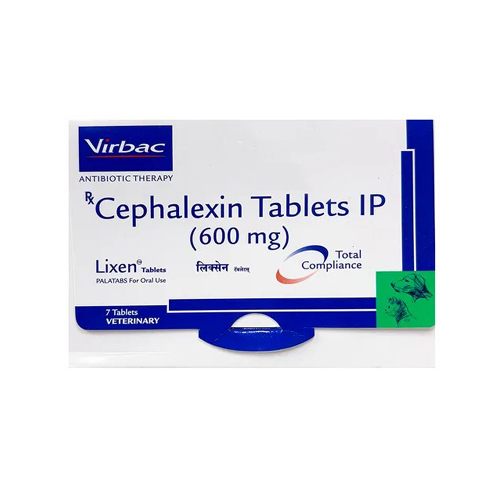
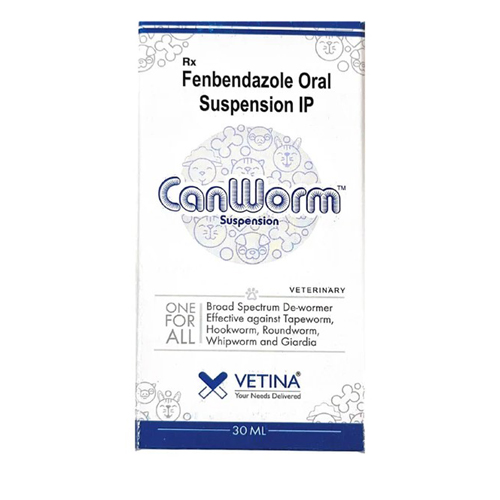

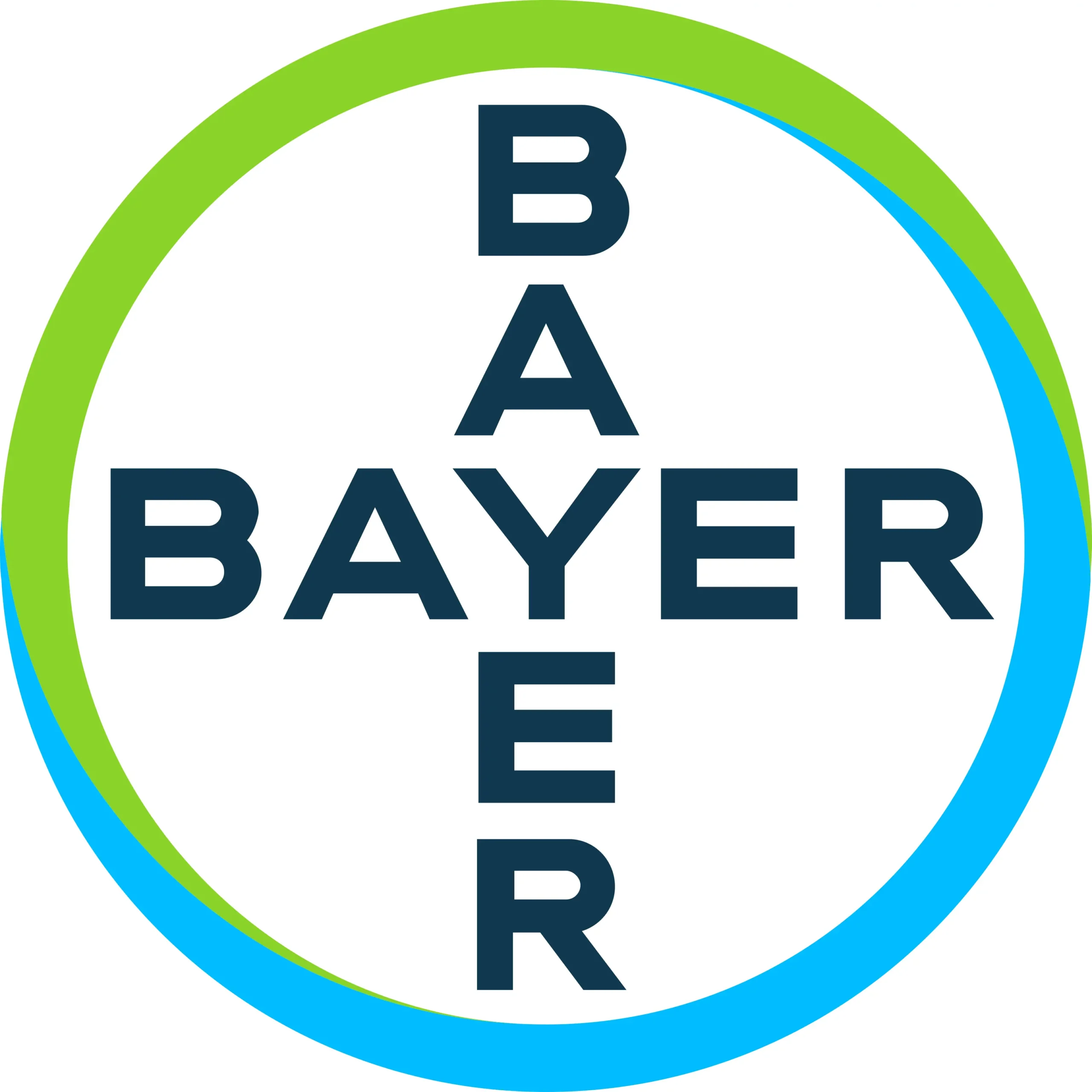

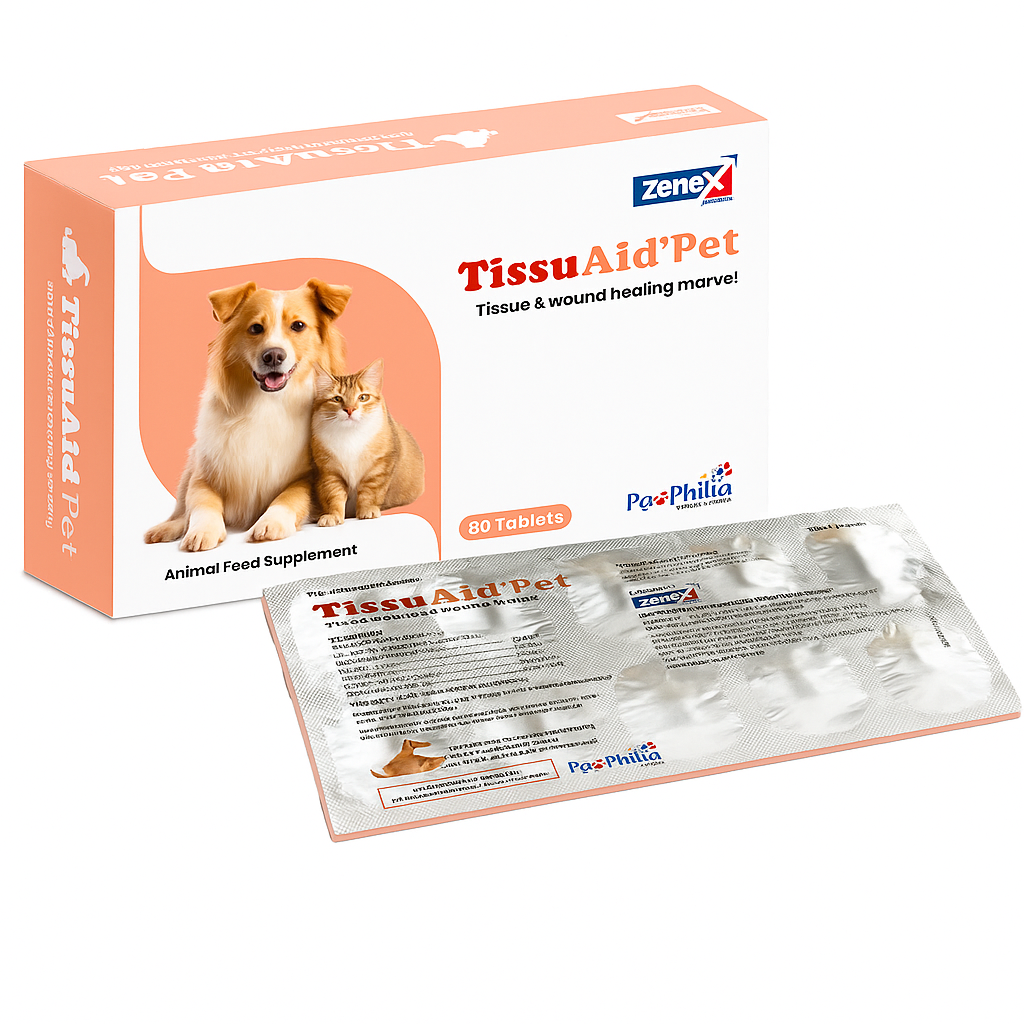
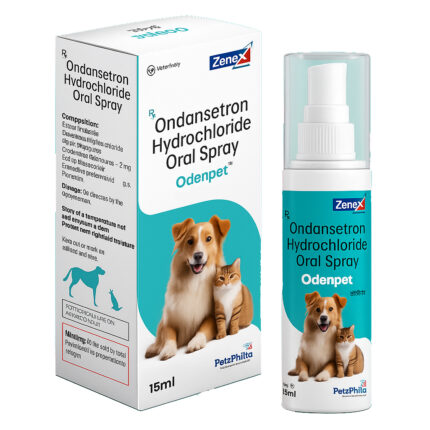
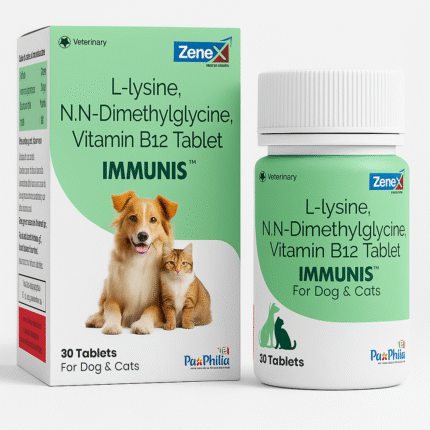
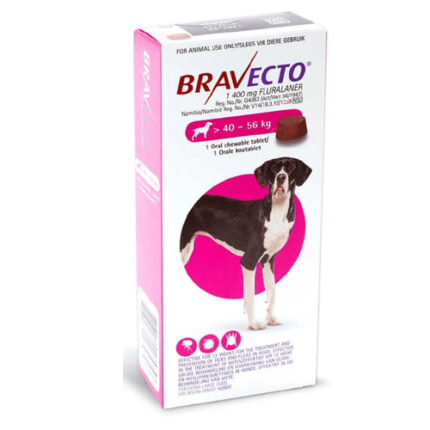
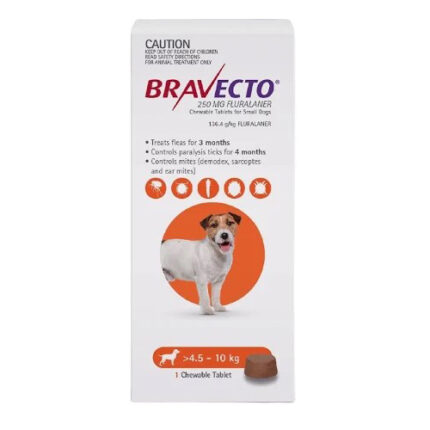
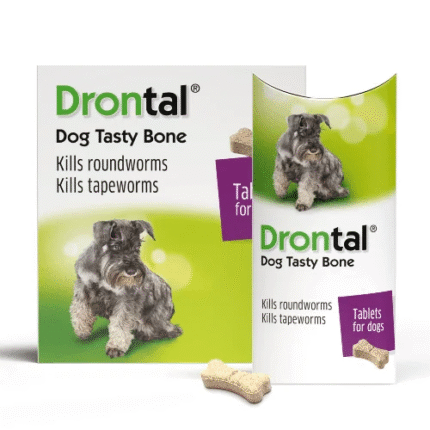
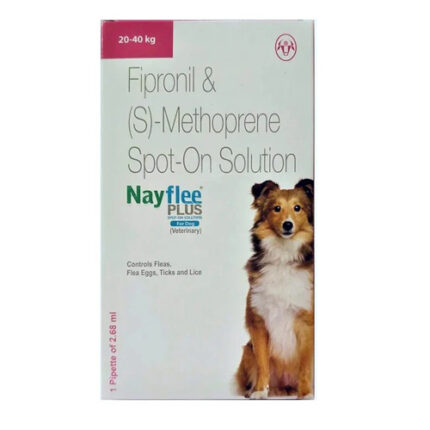
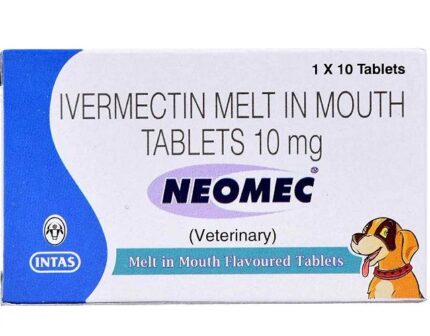
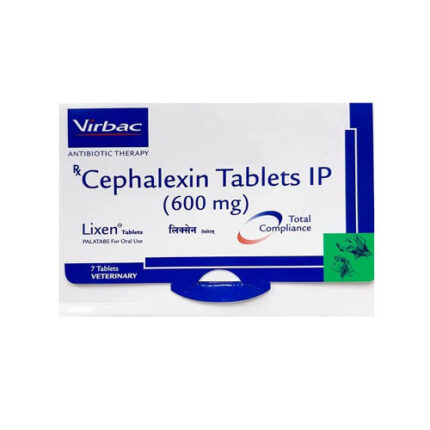
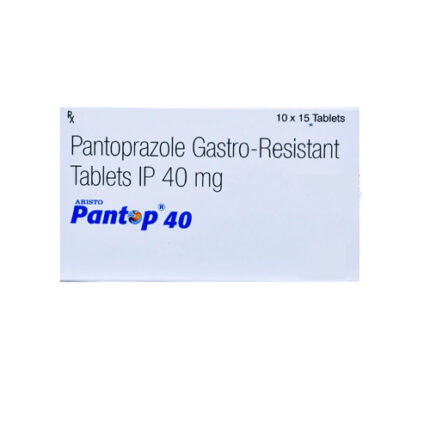

Reviews
There are no reviews yet.